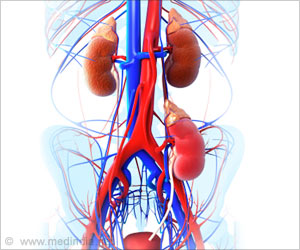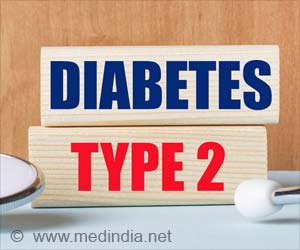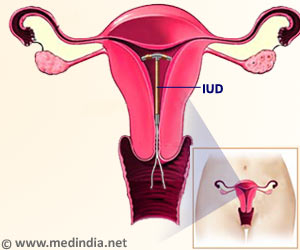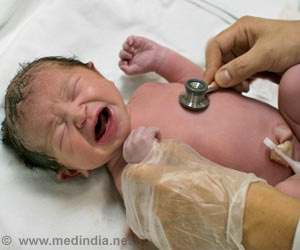Despite the strong efforts to make healthcare more accessible to patients, there are high rates of maternal mortality and preeclampsia and its complications are a major part of this equation. Here are the top 10 things women should know about preeclampsia.

‘Preeclampsia is a progressive, potentially life-threatening complication of pregnancy and the postpartum period that affects 5-8 percent of pregnant women.
’
Read More..




"I strongly believe that if we can educate women and the medical community about the risk factors, signs, and symptoms of preeclampsia, we can significantly decrease the maternal mortality rate not only in New Jersey but across the nation," said Colleen M. Coughlin, MD, a cardiologist with the Women's Heart Program at Atlantic Health System's Morristown Medical Center. Read More..
Dr. Coughlin frequently lectures on this topic in local communities and at national meetings, educating both the public and physicians about preeclampsia.
She shares these top 10 preeclampsia facts:
- The cause of preeclampsia is still unknown, although some studies point to poor nutrition, high body fat, and genetics. Risk factors include having had preeclampsia during a previous pregnancy; diabetes, chronic hypertension (high blood pressure), kidney disease, lupus or other rheumatologic diseases, and diseases that cause blood clots (thrombophilia); carrying multiple fetuses; in vitro fertilization (IVF), and having a first pregnancy at early or late age.
- Preeclampsia usually starts after the 34th week of pregnancy and is marked by high blood pressure, usually in women who have not had it before, and problems with other organs including the kidneys or heart. Ten percent of cases start earlier; early preeclampsia is far more risky for both the mother and baby. Preeclampsia can also occur during delivery and up to six weeks after the child is born (postpartum preeclampsia).
- Symptoms and signs of preeclampsia include high blood pressure (hypertension), swelling (edema) in various parts of the body, migraine-like headaches that don't go away with over-the-counter medication, nausea or vomiting (especially after mid-term), abdominal and/or shoulder pain, lower back pain, sudden weight gain, changes in vision such as seeing flashing lights or blurred eyesight, overly strong reflexes (hyperreflexia), shortness of breath and/or anxiety. If you experience any of these symptoms, contact your physician right away.
- Preeclampsia is diagnosed through a series of routine tests. Your blood pressure should be measured at each prenatal visit, as well as blood tests and a urinalysis to check for protein in your urine. You will be weighed to see if your weight gain is within the normal range. If your physician finds you may have preeclampsia, you and your baby will be closely monitored.
- Left untreated, it can have an effect on the fetus. High blood pressure is one of the main causes of maternal death during pregnancy. Preeclampsia can restrict blood flow to the mother's placenta, resulting in malnourishment of the baby and restricted growth or damage to the placenta, potentially leading to an emergency C-section or significant risk to the fetus.
- Preeclampsia can progress very quickly to a more severe type of preeclampsia, to eclampsia (seizures in a woman with preeclampsia) or to the life-threatening HELLP syndrome (elevated liver enzymes, breakdown of red blood cells and low platelet count).
- The only true cure for preeclampsia and eclampsia is to deliver the baby, but it may be managed in a number of ways depending on a range of factors related to both the mother's and baby's health, as well as the disease's progression. Baby aspirin is generally prescribed as a preventive measure for those patients at increased risk. If blood pressure is elevated, blood pressure medications are prescribed. Other medications may be prescribed, as well.
- Preeclampsia doesn't always go away when women give birth. Warning signs include stomach pain, severe headaches, nausea or vomiting, swelling in the hands or face, shortness of breath and/or seeing spots or other vision changes. If you have any of these symptoms after having preeclampsia or have high blood pressure after giving birth, call your physician or go to the emergency room right away.
- Women who have had preeclampsia are at twice the risk of having a heart attack or stroke later in life and four times the risk of having high blood pressure. Having preeclampsia more than once increases the risk even more.
- After pregnancy with preeclampsia, it is important to reduce risk factors for heart disease, stroke, and diabetes. Remaining active, eating properly, and maintaining normal weight and blood pressure is critical to reducing serious health risks. Follow up with a cardiologist, and possibly other specialists are also strongly recommended.
Source-Newswise








